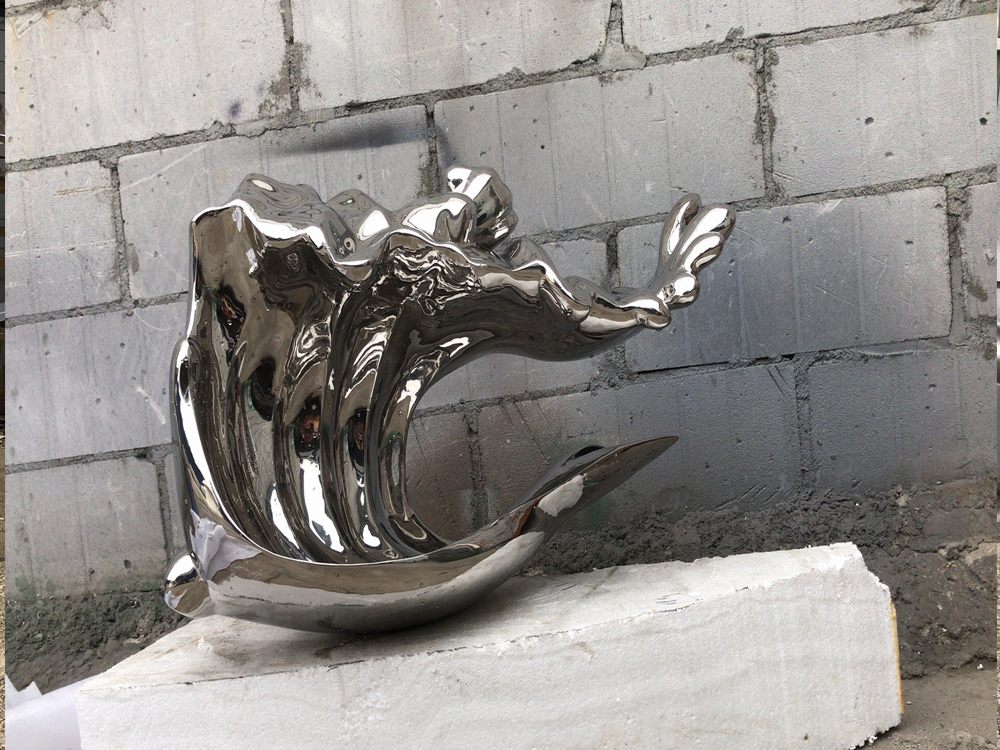
The porcelain sculpture market exhibits distinct collector behaviors depending on whether it operates regionally or internationally. Regional markets often reflect localized cultural preferences, with collectors prioritizing pieces that resonate with their heritage or historical significance. For example, Chinese collectors may favor Ming or Qing dynasty porcelain, while European buyers might seek 18th-century Meissen works. These regional buyers often focus on provenance and craftsmanship, valuing authenticity over speculative investment.
In contrast, international markets attract a more diverse group of collectors, driven by global trends and investment potential. These buyers often prioritize rarity, artist reputation, and auction performance, treating porcelain sculptures as alternative assets. The international market also sees higher price volatility, influenced by macroeconomic factors and cross-border demand.
Another key difference lies in purchasing channels. Regional collectors frequently rely on local auctions, galleries, or private dealers, fostering long-term relationships. International collectors, however, leverage digital platforms and global auction houses like Sotheby’s or Christie’s, emphasizing convenience and liquidity.
Ultimately, while regional markets thrive on cultural connection and tradition, international markets are shaped by financial strategy and global appeal. Understanding these nuances helps collectors and investors navigate both spheres effectively.

